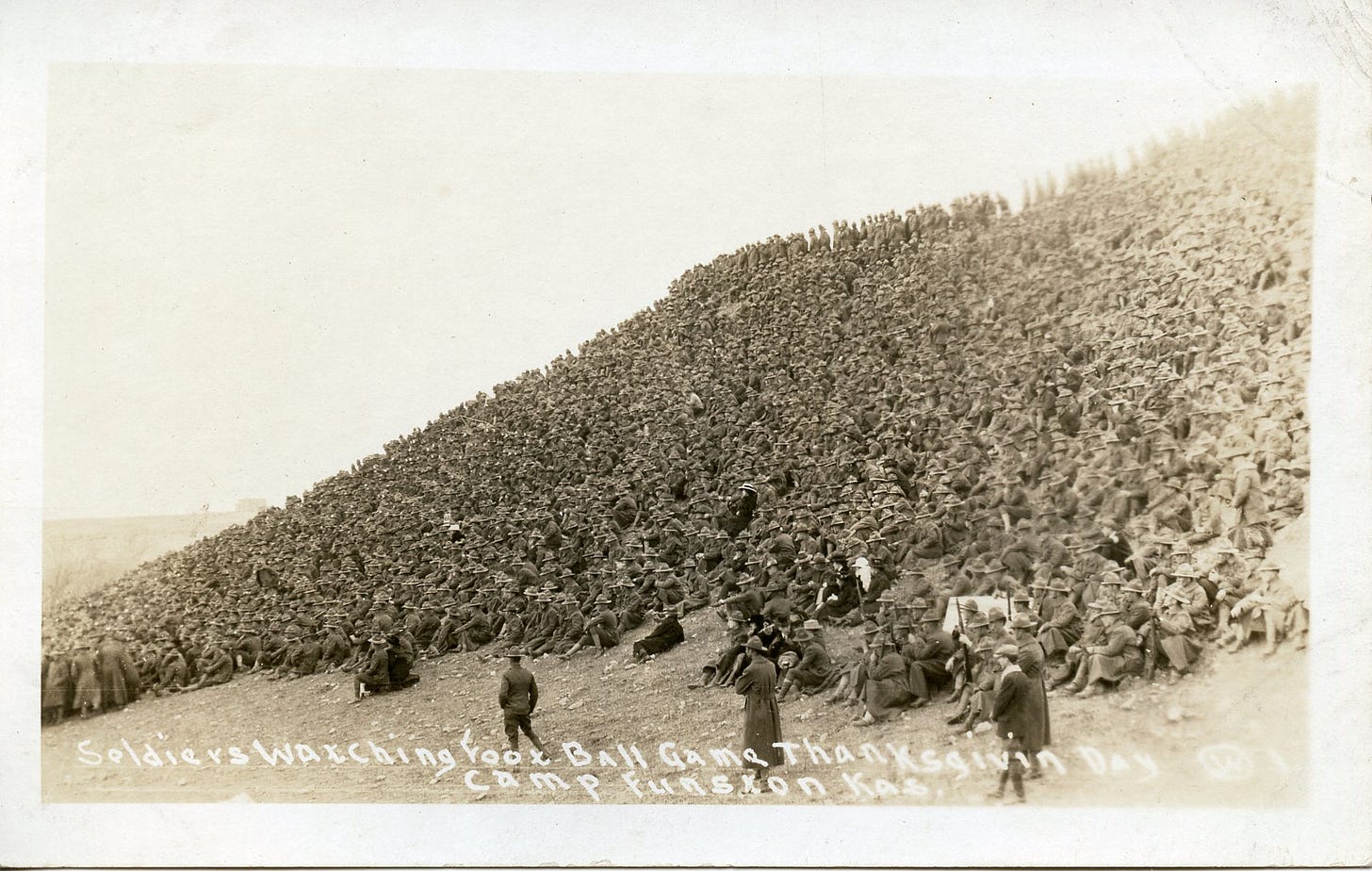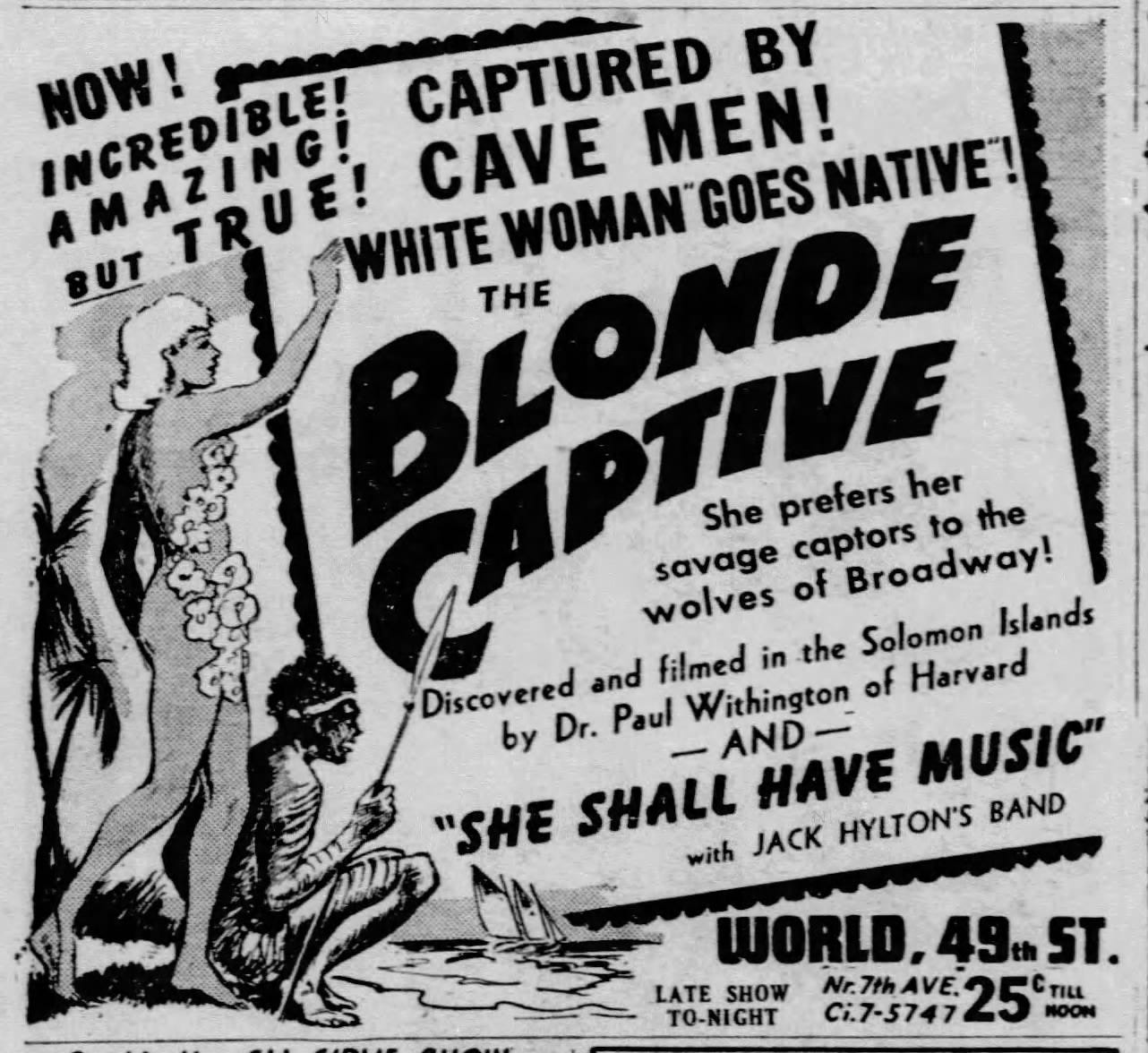Today's Tidbit... The Paul Withington Story
You should have heard of Paul Withington, but his fame as a sportsman and patriot did not continue after his death nearly sixty years ago. Still, he played an interesting role in football, athletics in general, and world events during his day.
Born in California but raised in Hawaii, he attended Harvard, where he played for the Crimson's undefeated 1908 and one-loss 1909 teams, earning second-team All-American honors at center as a senior. He was among the first centers to move off the ball on defense when teams began spreading their defenses to defend the forward pass. His "roving center" position was the precursor of today's linebackers.
He and his brother were the only Harvard men at that time to letter in two major sports—football and crew. He also captained the swimming team, was the New England college wrestling champion, was Harvard’s top distance runner, and remained a world-class rower after college. Sailing became his sporting passion after returning to Hawaii.
Withington assisted Percy Haughton while attending Harvard Medical School as the Crimson won retroactive national titles in 1912 and 1913. After graduating, he balanced his medical career with athletics, including spending the summer of 1915 serving with the British Army in Europe, caring for wounded soldiers. After returning to the U.S. for additional medical training, he became Wisconsin's head coach in 1916, when they went 4-2-1 and 1-2-1 in the conference.
Withington intended to return to Wisconsin, but America's entry into WWI led him to enlist in the Army Medical Corps. Assigned to Camp Funston, home of the 89th Division, he played guard and coached the division's 1917 football team while acting as the camp's athletic director.

Camp Funston was home to the first documented cases of the Spanish Flu, which kept the medical team busy before it spread across the globe. Withington went with the division to France in the summer of 1918, where the 89th Division saw action at St. Mihiel and the Meuse-Argonne. He reportedly led troops as an infantry commander, earning a Silver Star during action near Nouart, France, on November 3, 1918, when he went into "an open field and attended to the wounded under terrific shell fire."
After the Armistice, he coached, captained, and played right guard for the 89th Division team, taking them to and winning the AEF Championship, at the time, the largest round-robin football tournament ever played. He also rowed in the Henley Regatta before returning to the States.

Upon his return, he practiced medicine in New York City while also assisting Percy Haughton, who had become Columbia's football coach by then. Haughton died unexpectedly during the 1924 season, leading Withington to coach the team for the remainder of the season.
Sometime after, Withington returned to Hawaii, where he built his medical practice and joined the Naval Reserve Medical Corps. Called to active duty in June 1941, he was stationed at Pearl Harbor when the Japanese attacked and served in the Navy for the duration of the war.
After the war, he returned to his practice and chaired Hawaii's Boxing Commission after the governor asked him to clean things up.
On a side note, sometime before the war, Withington sailed in the South Pacific or Australia (accounts differ), documenting his experience in film. Parts of that footage included coverage of a Caucasian who had "gone native." With the public's interest in the South Pacific piqued, the footage became "The Blonde Native," which was pitched as something other than the anthropological study he intended.
Withington passed away in 1966, having lived the fullest of lives, playing sports and a role in several world-changing events.
It’s never too early to start your holiday shopping or gift list. Give or get a gift subscription to Football Archaeology or acquire one of my books here.
Subscribe for free for limited content or gain full access with a paid subscription.





What an amazing life this man lived! Thank you so much for doing the research and providing the story!
"She prefers her savage captors to the wolves of Broadway!" Who wouldn't?